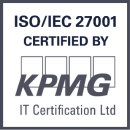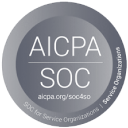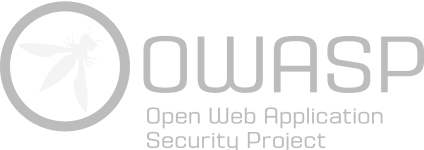Chartis just released its Enterprise and Payment Fraud 2025 report. Salv has been named a Category Leader among fraud platforms and a Best-of-Breed solution for payment fraud.
Sounds great. But what does that actually mean?
It means that Chartis sees Salv as one of today’s most complete and effective fraud prevention platforms.
The report is based on a detailed, independent assessment of the tools available to banks, PSPs and fintechs. Kind of like a who’s who for fincrime teams looking for the right financial crime platform.
Each platform is scored against the same criteria, which covers things like integration, workflow/ case management, configurability, and analytics. The full findings are published annually in a detailed report available to Chartis subscribers.
We’re proud to be a Category Leader! The findings reflect what we hear from people who use Salv every day: our platform helps financial crime professionals act faster and investigate smarter.
Our mission is to beat financial crime. And recognition like this tells us we’re moving in the right direction.
We don’t like to brag, but here are a few reasons why Chartis may have recognised us:
-
A new way for fincrime teams to work together Salv Bridge helps fincrime teams at different institutions communicate instantly and securely. When fraud is suspected or something looks off, teams can alert each other to follow the money as it moves. It’s helping fincrime teams recover as much as 80% more stolen funds.
-
Controls you can trust Whether you’re using Salv for screening, monitoring or intelligence sharing, you get the flexibility to build the exact controls that match your risk profile. Use ready-made rules from our library or fine-tune your setup with advanced logic. The result is fewer false positives, better alerts, and less manual work.
-
Tools that work your way The whole plartform is designed to fit around your needs and how you work. You can use it out of the box or customise everything from rules to workflows. There’s also an AI co-pilot that helps you write new scenarios in plain language rather than code.



